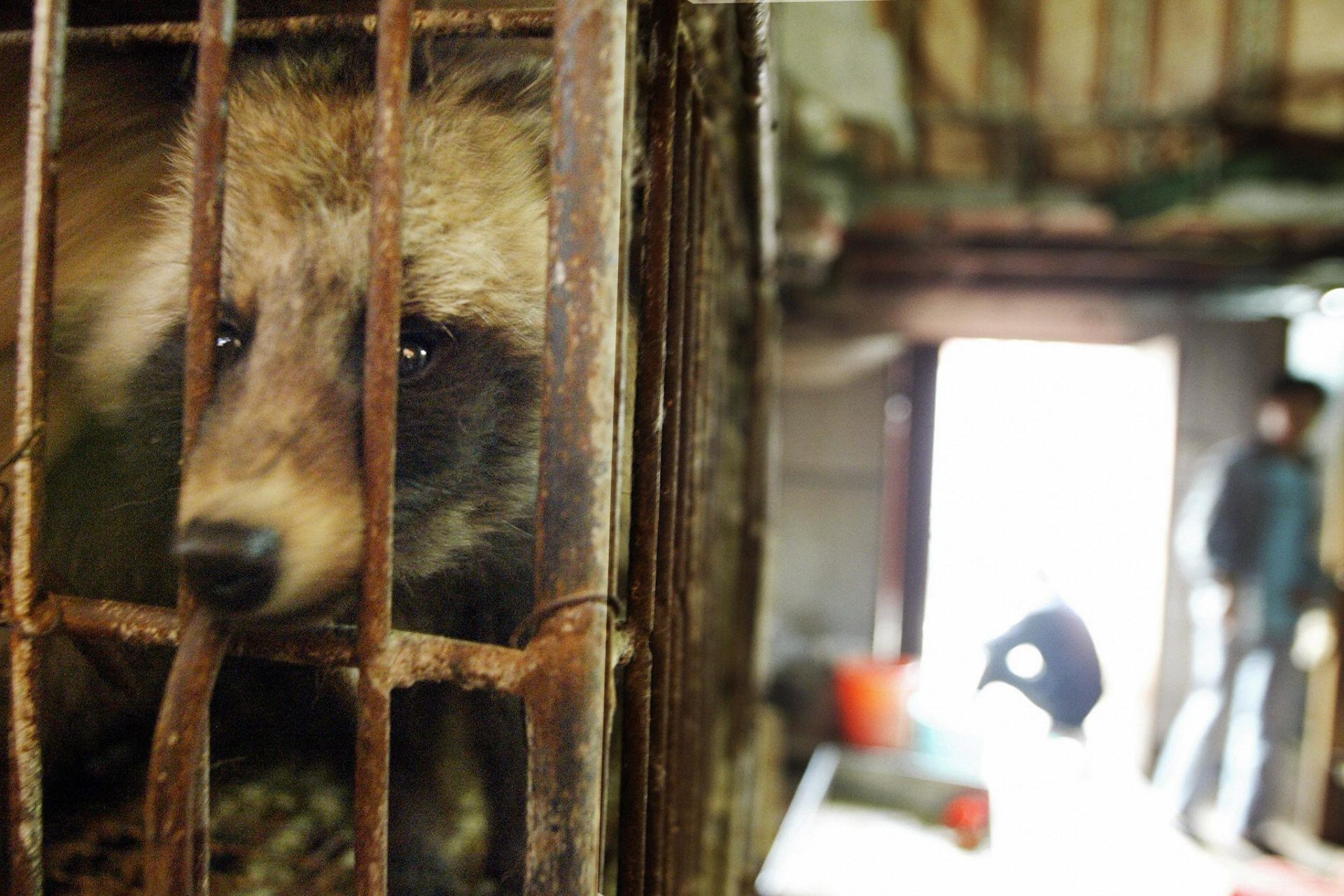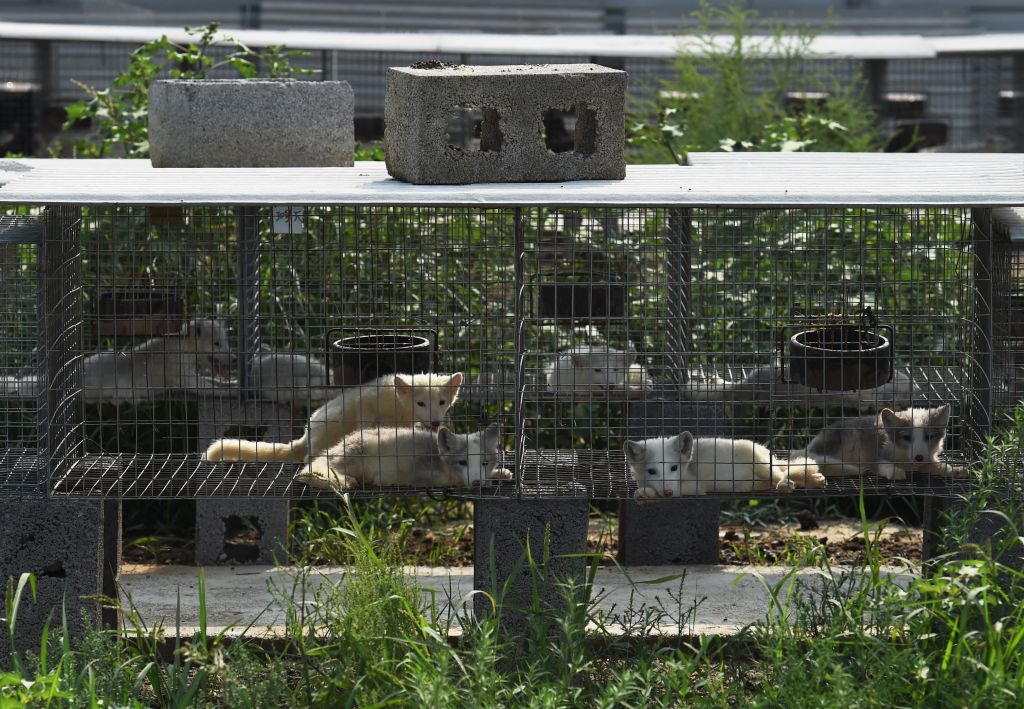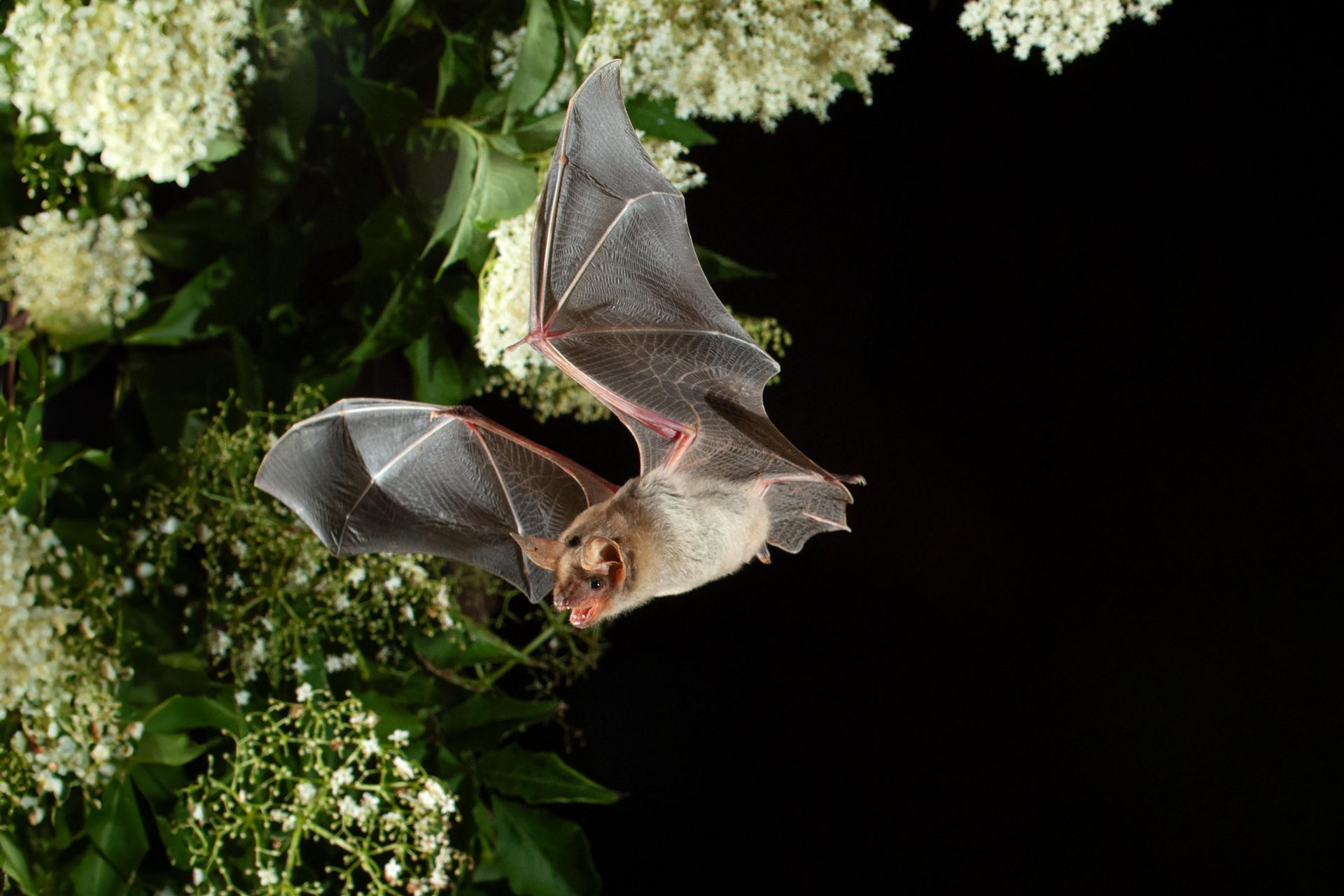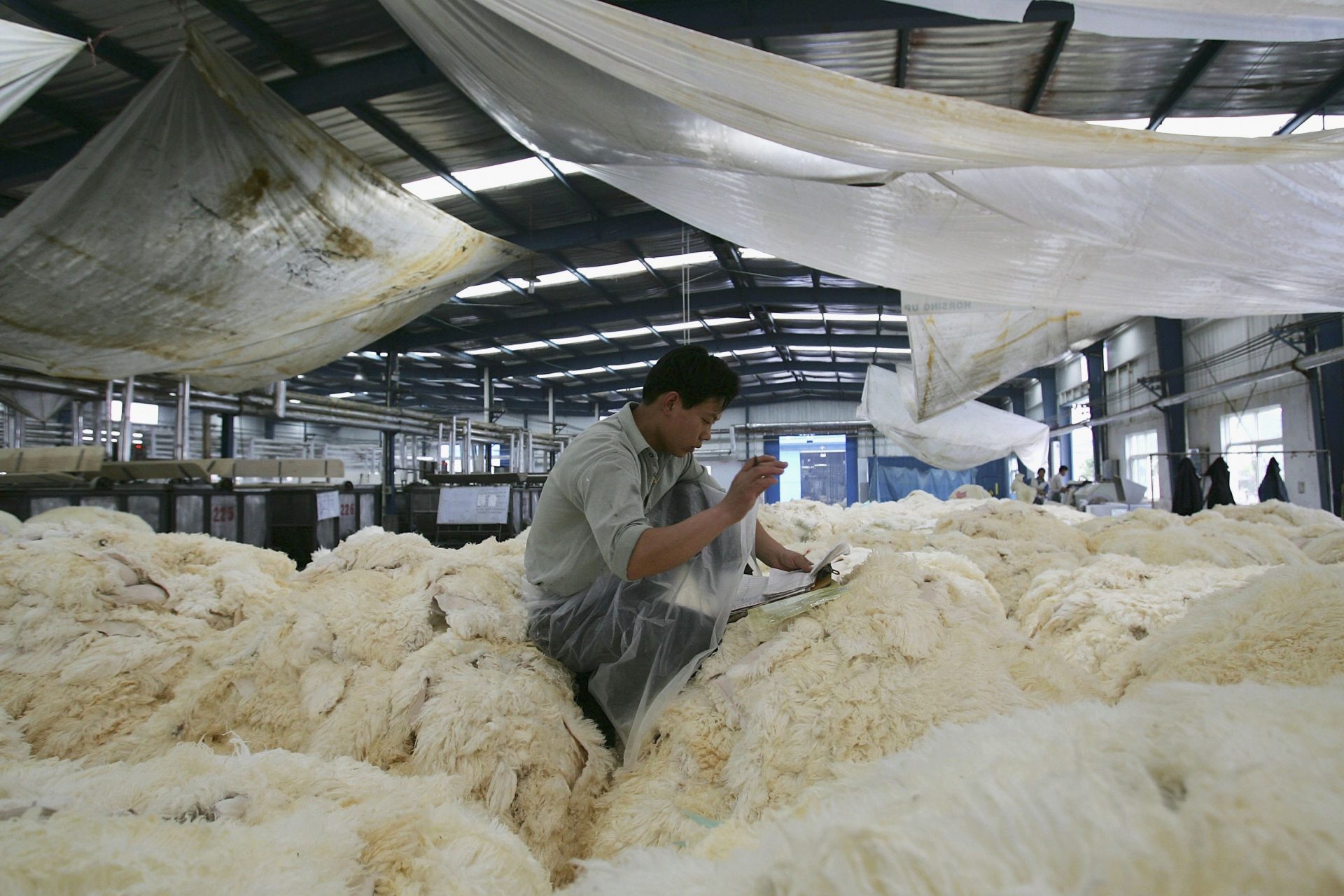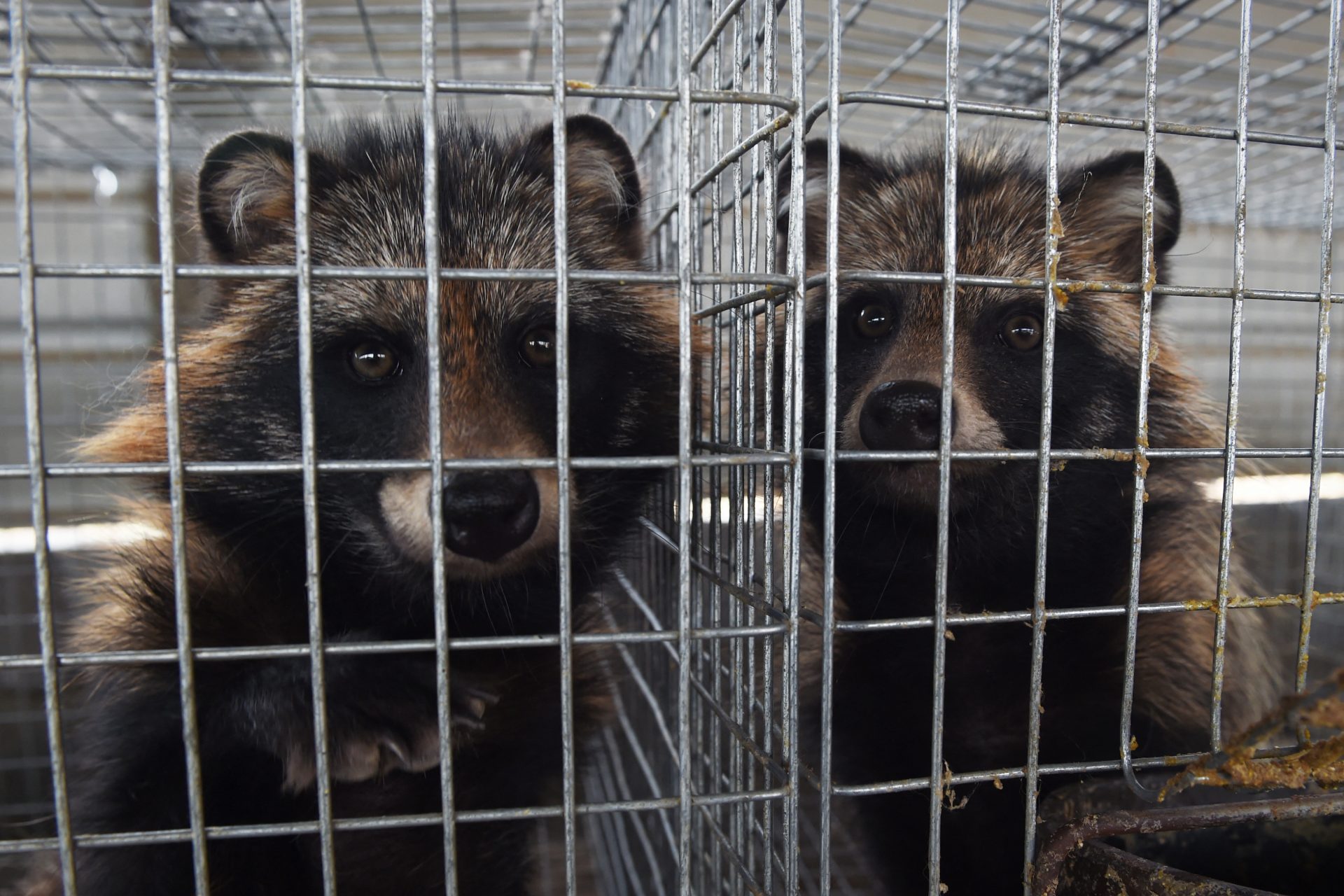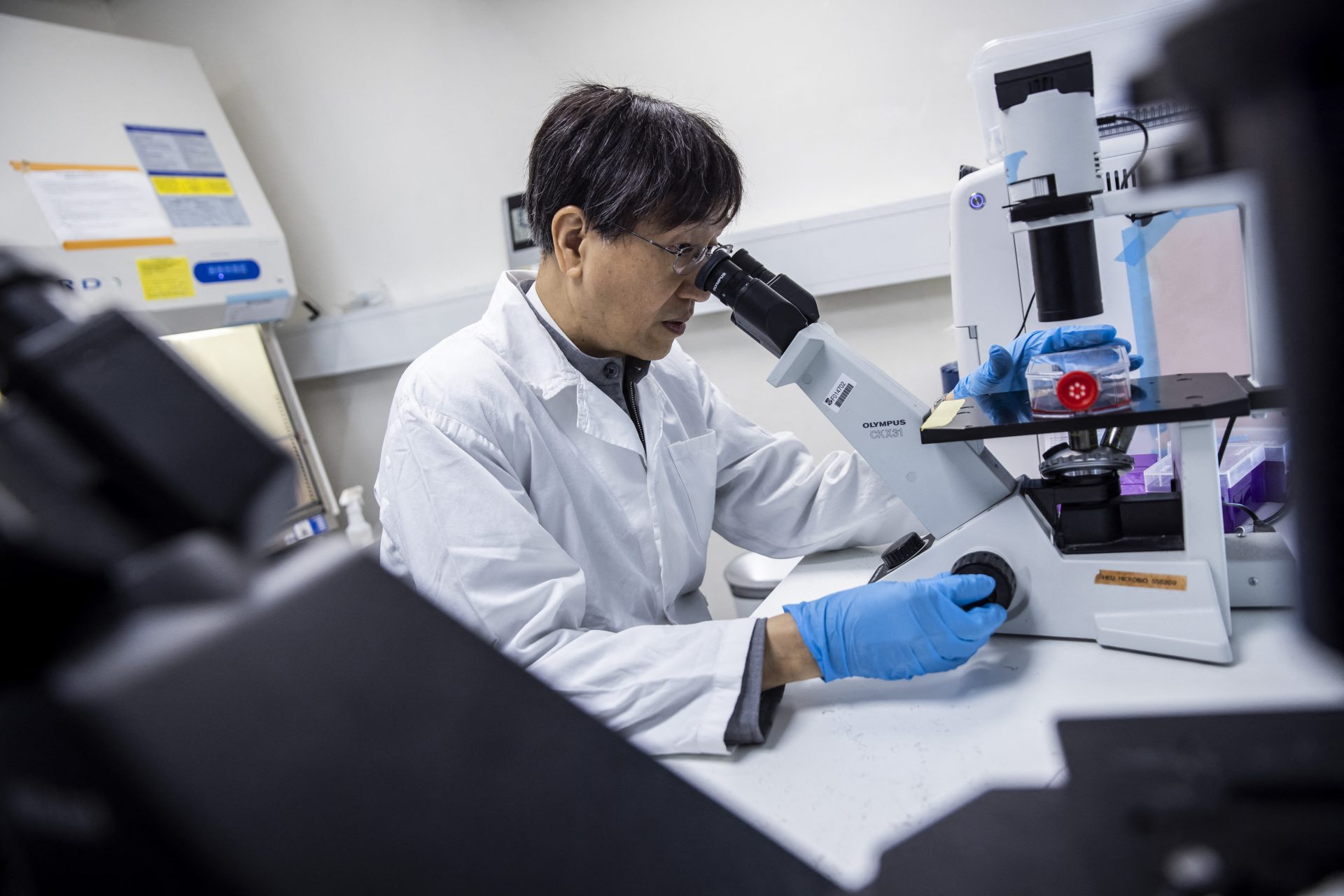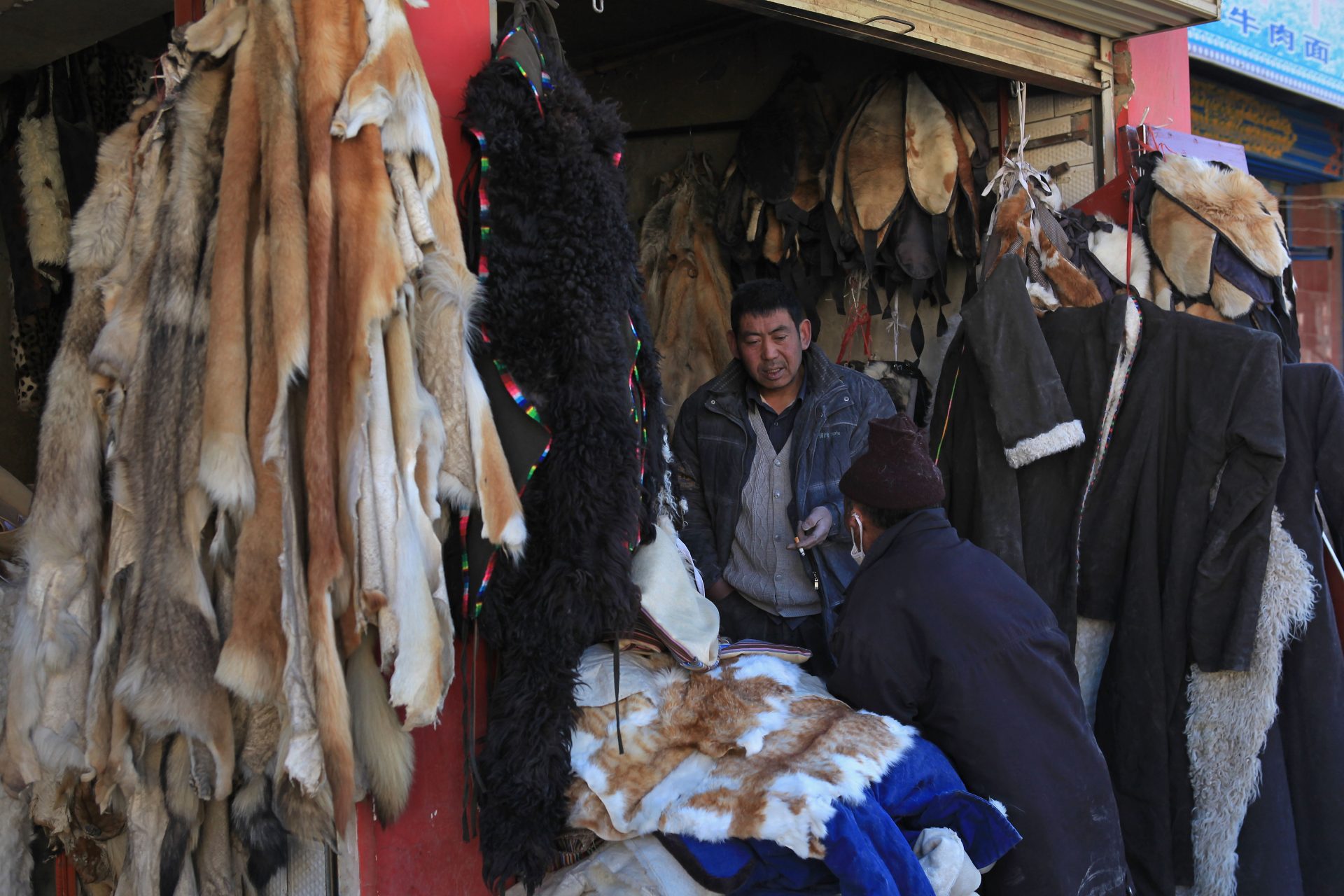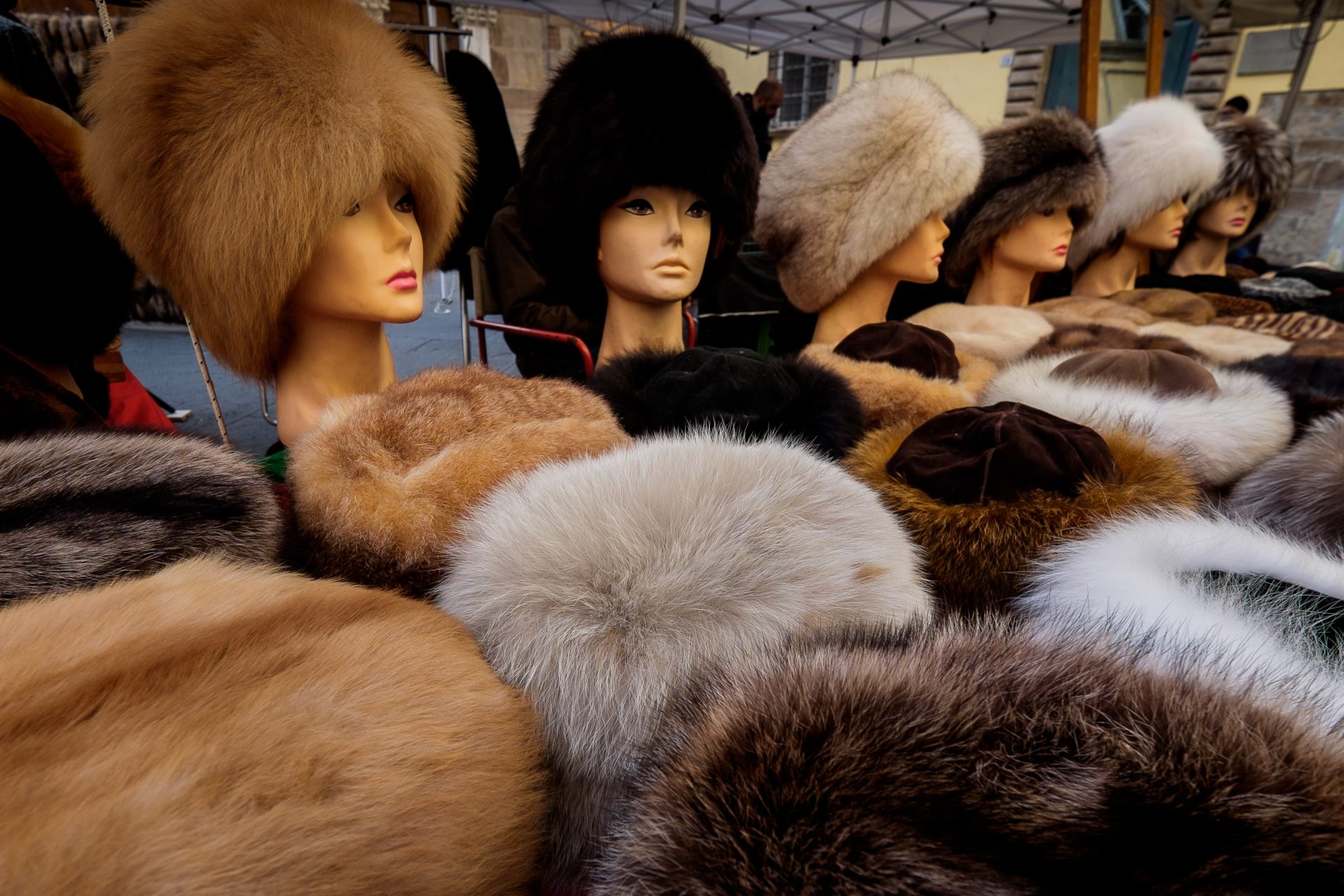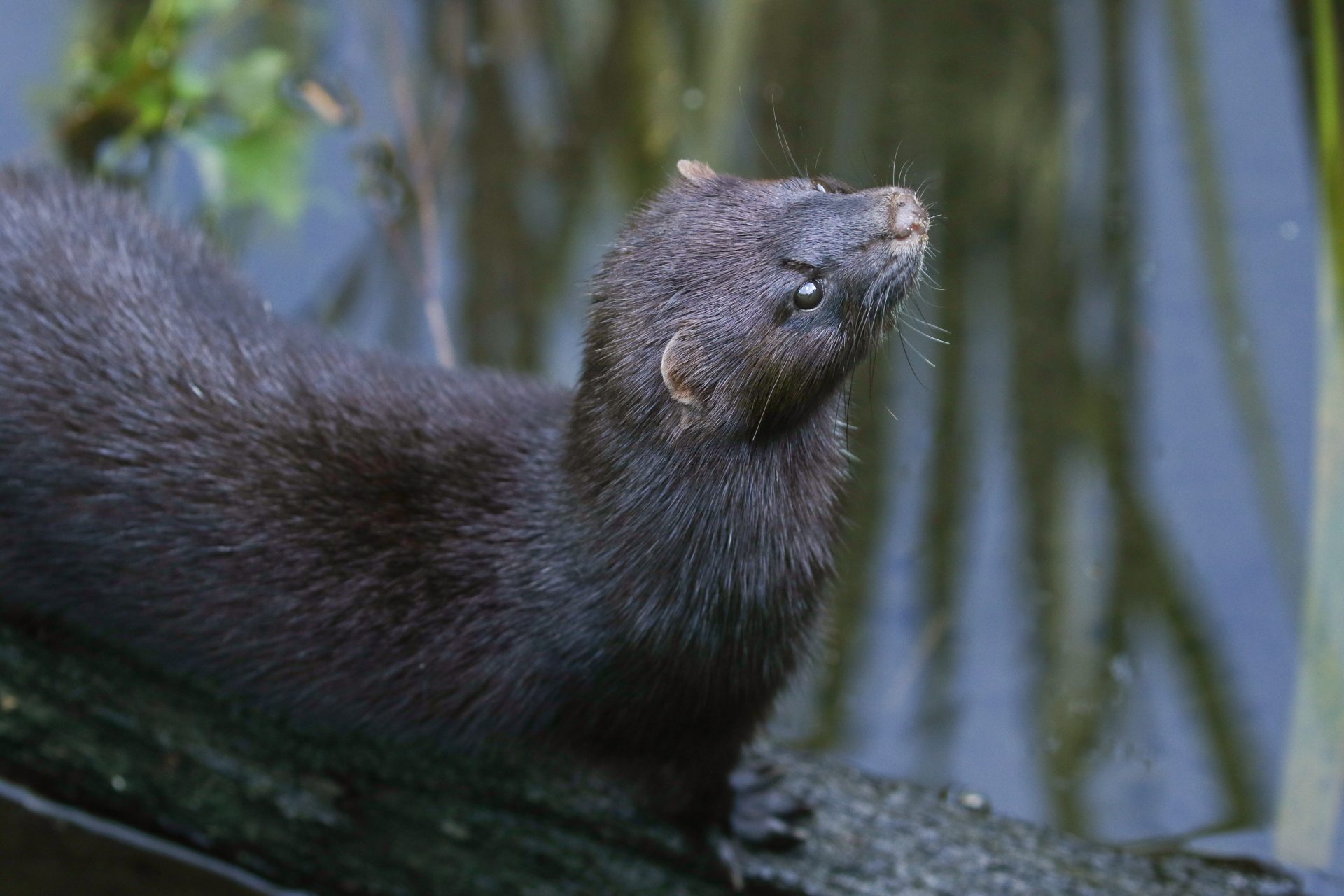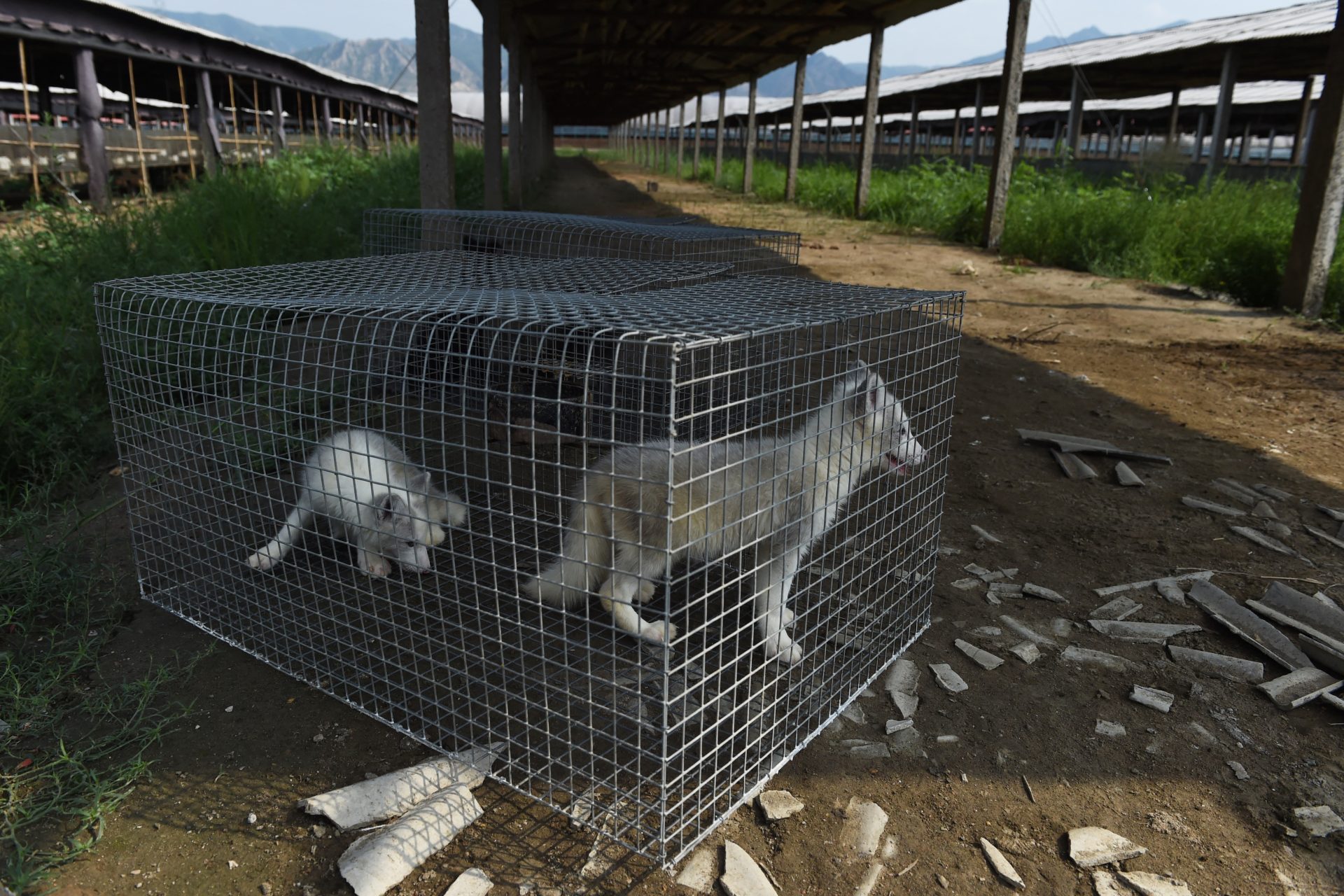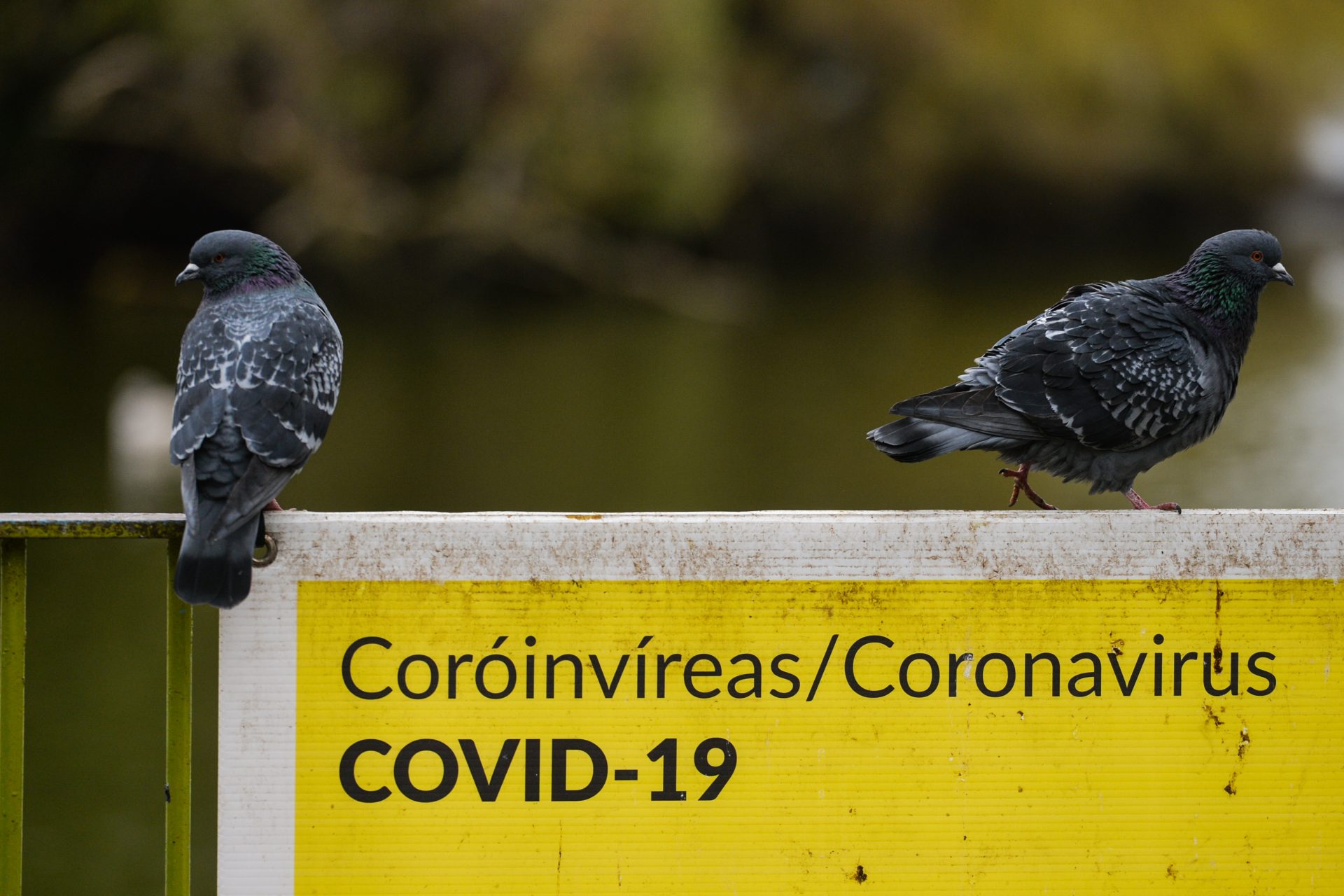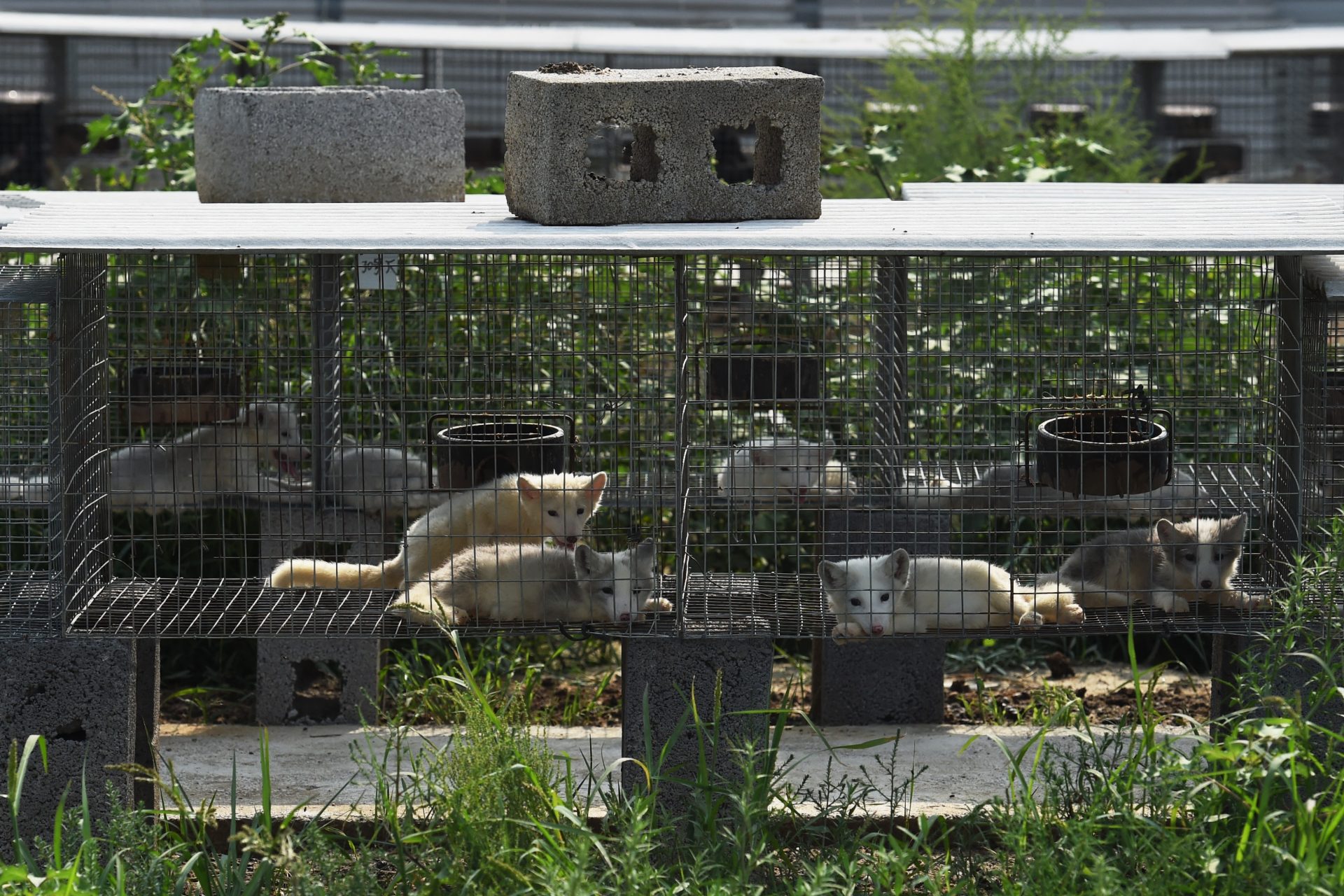Viruses found at Chinese fur farms could spark next pandemic, experts warn
A recent study has revealed the presence of dozens of potentially dangerous viruses on fur farms in China, raising alarm over the risk of a new pandemic.
Researchers analyzed samples from 461 animals, 412 of which came from Chinese fur farms, according to Newsweek. In total, 125 virus species were identified, 39 of which were classified as "high risk."
Virologist Edward Holmes, an expert on Covid-19, warned that the global industry of breeding mammals for fur could be one of the most likely pathways for the emergence of a new pandemic.
Following the Covid-19 crisis, scientists have warned of the risk that these animals facilitate the transmission of viruses from wildlife, increasing the possibility of new outbreaks, according to the Daily Mail.
The research, published in Nature, examined farms in China's main fur-producing provinces: Hebei, Shandong, Heilongjiang and Liaoning. Tissues from farmed animals such as mink, red fox and raccoon were analysed.
Of the 125 viruses identified, 36 were previously unknown. The 39 viruses classified as "high risk" have the potential to transmit between species, including to humans. The viruses found include coronaviruses and influenza A viruses, according to a report by Newsweek.
“A key aspect of virus identification is to detect those with the broadest host repertoire,” study co-author John Pettersson of Uppsala University in Sweden told Newsweek, referring to the ability of certain viruses to infect multiple animal species. “In our case, we suggest that viruses found in two or more taxonomic orders could pose a risk to both animal and human health,” he added.
Raccoons were identified as carrying the largest number of high-risk viruses, with 10 species found. Guinea pigs, rabbits and arctic foxes were also identified as potentially dangerous hosts.
One of the most worrying findings is the bat-derived coronavirus HKU5, found in minks that died of pneumonia. This discovery highlights the risk of interspecies transmission and the potential threat to humans.
Fur farms often keep animals in overcrowded conditions and with poor health controls, which encourages the spread of diseases and the risk of viral mutations and transmission between species.
The study notes that the COVID-19 pandemic, whose exact origin has not yet been determined, likely arose from contact between wild animals and intermediary species in Chinese markets. In addition, in 2002, a coronavirus transmitted by raccoons caused almost 800 deaths.
Among the viruses identified, 11 are zoonotic (already observed in humans) and 15 are cross-order (observed in two or more orders of mammals but not in humans). This underlines the potential of these viruses to cause disease in humans, Heraldo said in an article.
The research highlights the risks associated with animal farming for the fashion industry. Fur farms, which raise animals such as mink and foxes for their fur, could be hotbeds of future pandemics.
The study cites recent outbreaks of the H5N1 influenza A virus in farmed European minks. These incidents have led to mass culling in countries such as Denmark and Spain, highlighting the vulnerability of these farms to infectious diseases.
Researchers recommend intensifying surveillance of these animals to detect possible routes of viral transmission between species, including monitoring for viruses with the potential to infect livestock and humans.
The presence of high-risk viruses on fur farms poses a serious threat to global public health. Epidemiologists warn that the mutation of these viruses to infect humans is an alarming concern.
Some experts, such as virologist Edward Holmes, advocate closing all fur farms because of the high risk they pose.
Preventing future pandemics requires reforming conditions on fur farms and live animal markets. But meeting these challenges is complicated by economic and cultural barriers, especially in countries with deep roots in these practices.
The discovery of these high-risk viruses calls for a coordinated international response. It is crucial that countries work together to implement effective surveillance and control measures in the fur industry.
These findings open new perspectives in the investigation of viral ecology in animal husbandry environments. Additional studies are urgently needed to unravel the transmission and mutation mechanisms of these viruses.
Various media outlets have highlighted that the results of the study could lead to increased scrutiny and regulation of practices in the fashion industry, especially in the fur sector.
The research highlights the importance of lessons learned during the COVID-19 pandemic. It highlights the need for increased preparedness and vigilance against potential zoonotic threats.
The findings could catalyse reforms to policies and regulations on fur farming, with the possible implementation of stricter biosecurity standards and more rigorous sanitary controls.
The discovery of these high-risk viruses on Chinese fur farms is an urgent call to action. Coordinated global efforts are needed to prevent future pandemics, which could entail significant changes to the fur industry and our approach to public health.
Never miss a story! Click here to follow The Daily Digest.
More for you
Top Stories



